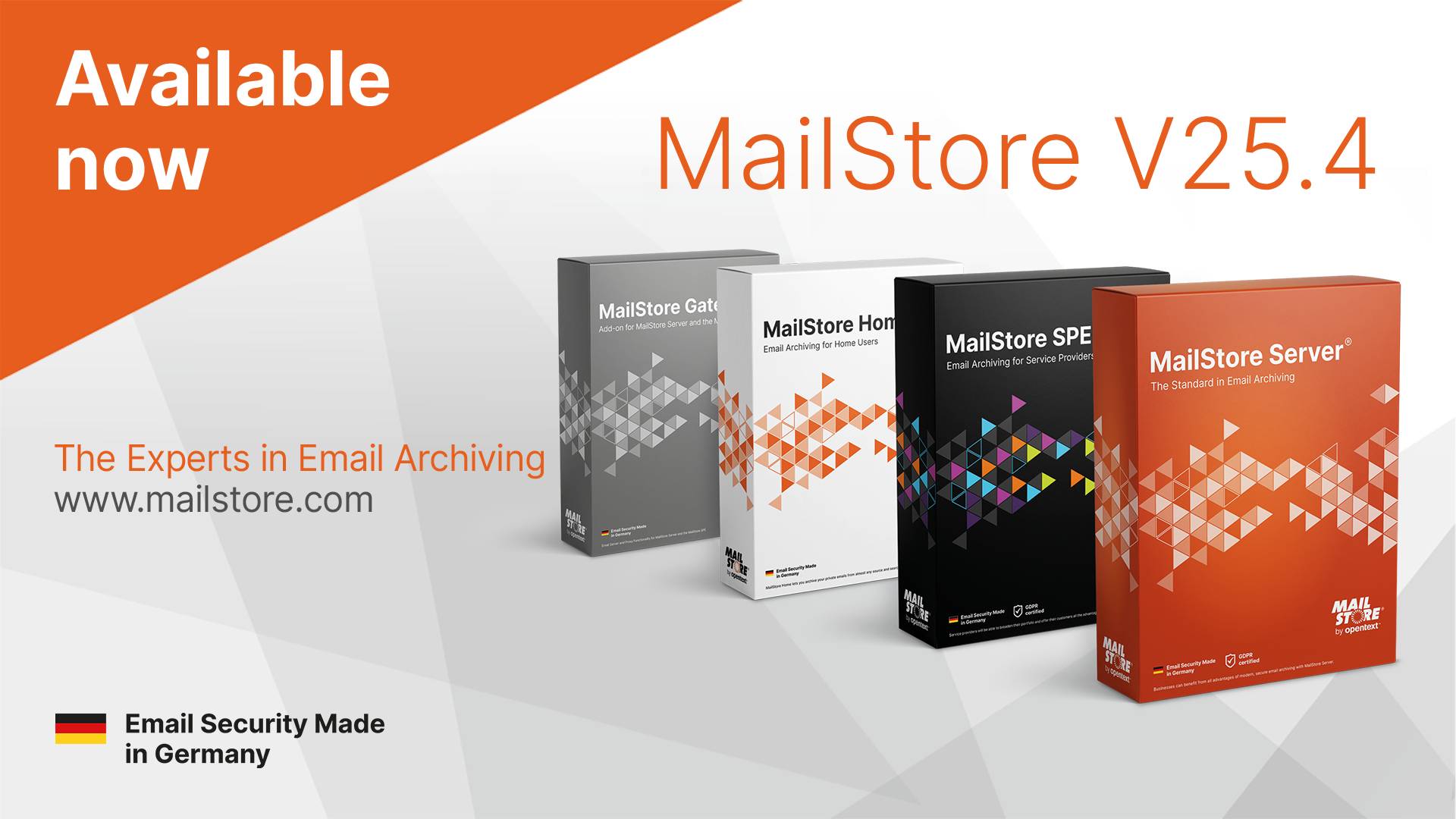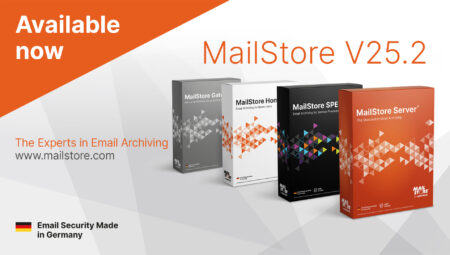End of Mainstream Support for Microsoft Exchange Server 2016 on 13 October 2020
13 October this year was an important date for those of our customers with Microsoft Exchange Server 2010 or 2016 in their operating environments.
As already spelled out in our blog article, this is the date on which support for Microsoft Exchange Server 2010 ended. No further bug fixes or security patches will be provided for this version of Microsoft Exchange Server. The change impacts any organization using Exchange Server 2010, all the way down to businesses using Microsoft Windows Small Business Server 2011. Please refer to our blog article for possible alternatives and advice on how to proceed.
 13 October 2020 was an important date in the support life cycle of Microsoft Exchange Server 2016 too, as this marked the end of mainstream support, after which the product entered its extended support phase. During extended support, Microsoft Exchange Server 2016 will no longer receive feature updates, just “critical” updates (as a rule, important security updates).
13 October 2020 was an important date in the support life cycle of Microsoft Exchange Server 2016 too, as this marked the end of mainstream support, after which the product entered its extended support phase. During extended support, Microsoft Exchange Server 2016 will no longer receive feature updates, just “critical” updates (as a rule, important security updates).
End of Cumulative Updates
Also being withdrawn for Microsoft Exchange Server 2016 were the quarterly cumulative updates or CUs (cumulative because the latest CU always includes all updates from earlier CUs). The last scheduled cumulative update (CU19) is set for release in December 2020, and there are several reasons why it’s important to install it.
First, critical updates released by Microsoft always require a supported cumulative update to be installed on your system. When Microsoft issues a cumulative update, the previous CU is supported for a period of three months after the release date of the new CU. So, support for the current cumulative update (i.e. CU18, released on 15 September 2020) will end in March 2021 subsequent to the release of CU19 in December 2020. From then on, all critical updates for Microsoft Exchange Server 2016 will require you to have CU19 on your system. Therefore, for security reasons – in addition to the support aspect – it’s important for you to keep your Microsoft Exchange Server environment up to date. Second, a current CU is also necessary if you want to implement a hybrid environment featuring Microsoft 365 and a local Exchange Server environment.
Installing a supported Microsoft Exchange Server CU is important for MailStore customers, too. As a general rule, we recommend always using the latest version of our MailStore products, as any enhancements they contain are also cumulative, i.e. they feature all the bug fixes and security patches contained in earlier releases.
Years of practical experience have taught us that problems that occur while using our products often have their origin in the surrounding infrastructure rather than in the product itself. That’s why our recommended best practice is always to keep the other components in your infrastructure – the operating system and email servers such as Microsoft Exchange Server 2016 – at a level that is still being supported by the manufacturer, in this case Microsoft. Only by doing so is it possible for us to determine, during a support event, whether the glitch in question is in our software or in the email system you are using. Also, an up-to-date test system is always a mandatory requirement whenever we team up with the manufacturers of such systems for error analysis. The latest system releases also form the basis for all quality assurance measures and tests conducted at MailStore Software GmbH.
So, to Conclude:
IT managers should regard deadlines like the 13 October 2020 deadline as an opportunity to take a critical look at their current MailStore and Microsoft Exchange Server environments. Having a current MailStore Update & Support Service is just as important as maintaining an up-to-date IT infrastructure with the latest cumulative updates from Microsoft. As new security vulnerabilities are discovered in IT every day, it goes without saying that software should be checked regularly and kept up to date even when a specific deadline is not in the offing. Only by doing so can we guarantee that our software will function properly, and that IT security is maintained. The end of mainstream support for Microsoft Exchange Server 2016 and the scheduled withdrawal of extended support for this product in October 2025 are timely prompts for IT managers to start considering migration to a new email server. And thankfully, by applying the archive rather than migrate principle, it’s no problem for MailStore customers to port archived emails from the old email system to a new one.
More Information
- Comparison: Archiving Solutions for Exchange Server
- Guide: Archiving Emails from Microsoft Exchange 2016
- Guide: Archiving Emails from Microsoft Exchange 2019
- Archiving Emails in Microsoft Office 365
 About the Author:
About the Author:
This article was written by Bjoern Meyn. Bjoern is Product Manager at MailStore Software GmbH.








